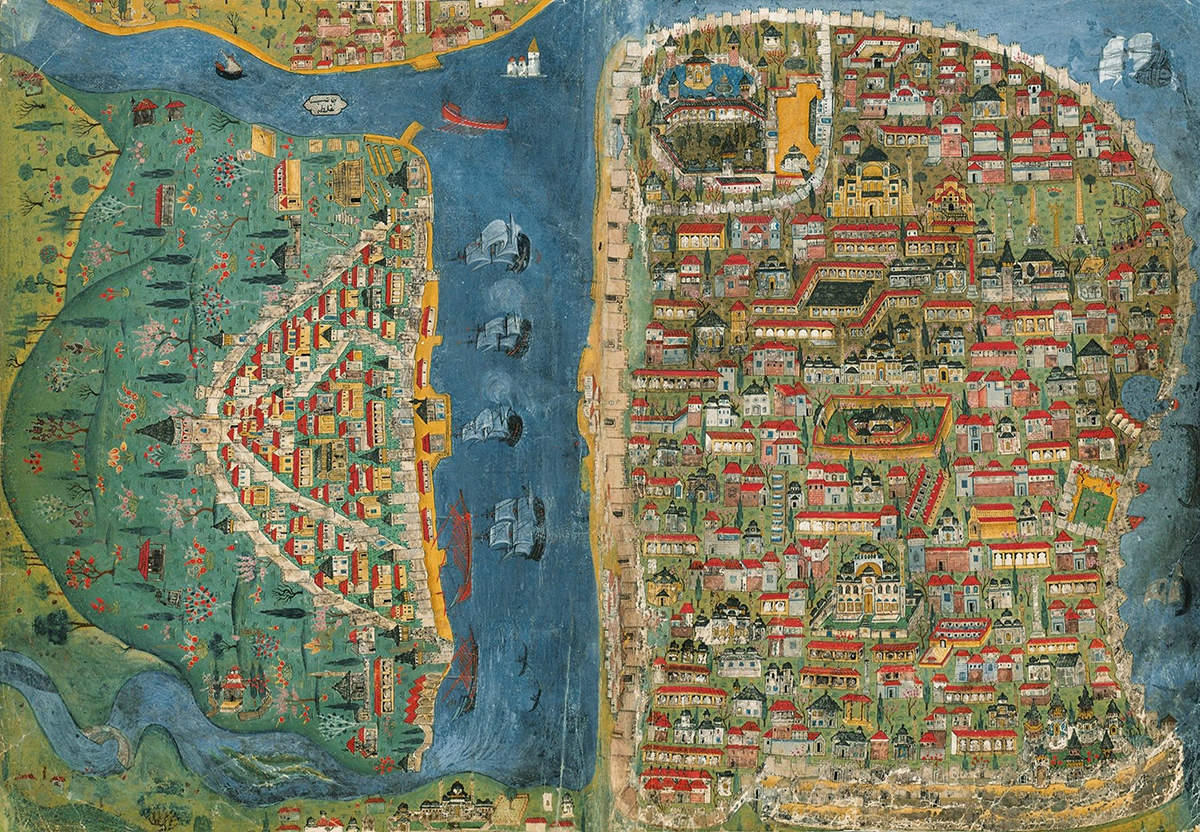Undergradute Seminar: Istanbul Through the Ages

This course will explore Istanbul's art and architecture by exploring its urban development through the ages. In the seventh century BCE, an ancient Greek colony from Megara sailed through the Aegean Sea and found Byzantion. Later, the Roman emperor Constantine the Great renamed this city as New Rome, also known as Constantinople, in the fourth century. His successors turned this city into an imperial capital which became the ultimate conquest goal for the Ottoman sultan Mehmet II. Istanbul, the "Queen of Cities", has a long history as one of the world's most important imperial capitals. The city stands on the Bosporus connecting Europe and Asia. It has fascinating imperial monuments, religious architecture, monastic traditions, paintings, and sculptures that have survived for centuries through the ancient, medieval, early modern, and modern periods. We will explore Istanbul's strategic geographical and historical position as a trade and commerce port from antiquity, its urban development under the Eastern Roman Empire, its monumental transformation into an Ottoman imperial capital, and its cultural and literary landscapes of arts, sciences, and technology in the long nineteenth century including food, transportation, photography in the modern period.
Intended Audience: This is an undergraduate seminar course. Students are expected to do weekly assigned readings, prepare materials, and lead discussions under the instructor's guidance.
Textbooks/Other Materials: No cost for materials. All course readings and materials are available as PDFs uploaded to Canvas.
Course Requirements: Assignments, Weekly Discussions, and Final Research Project
Class Format: Two 80-minute seminar meetings per week
HISTART Concentration Distributions: Middle East, Transhistorical